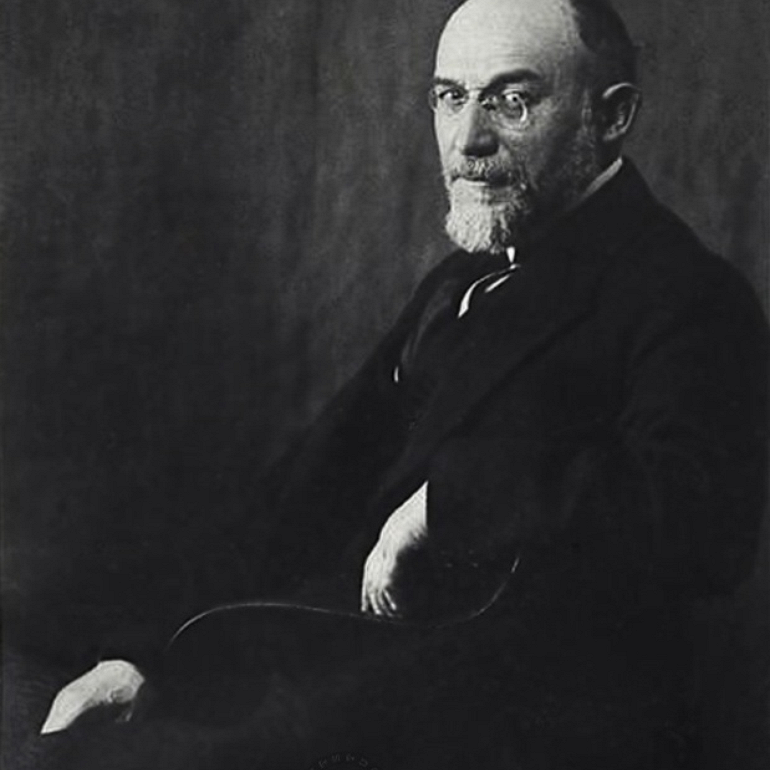

Two more aspects about the Gnossiennes are noteworthy: Unlike in many print editions available today, in the original work, Satie omitted bar lines. Listen to the beginning: ///nls-music-notes/files/2021/05/Gnossienne-1-Intro.mp3 Lately there have been thoughts that the word may etymologically be related to Gnosis, a Greek noun for knowledge, but no sources confirm a direct link. When Satie wrote the Gnossiennes in 1889, nobody knew what that meant-for a good reason: that word did not exist Satie had invented it. He collaborated on productions with Picasso, Diaghilev and Cocteau in the choreographed ballet Parade, where his musical score includes a typewriter, gunshots and whistles. Satie continued composing works with highly unusual titles including “Three Pieces in the Shape of a Pear,” “ March of the Great Staircase,” or “ Genuine Flabby Preludes for a Dog.” Being part of the vibrant artistic circles with Debussy, Ravel, Poulenc, Picasso, Stravinsky, Diaghilev, Matisse, Cocteau, and others, he had a big influence on many of them. Photo taken by Juliette Appold, August 2019. The title Gymnopédie is based on the Greek word gymnopaedia, which originally represented an annual festival celebrated in ancient Sparta to solidify Spartan identity, where generations of naked Spartan men participated in war dancing and chorus singing. Listen to the first few measures: ///nls-music-notes/files/2021/05/Gymnopedie-1-Introduction.mp3

In 1888, Satie published his first Gymnopédie in a popular magazine entitled La Musique des familles (Family Music).

Satie’s music appealed to a broad audience that reached far beyond the intellectual and artistic Parisian circles. It featured an unheard kind of minimalism (decades before the genre ‘minimalism’ was coined), was surprising and easily likeable, and had unusual titles. From the beginning, Satie offered a refreshingly different and compelling music. He seemed to have followed his own motto when he published his music many years before he completed a formal music education at the Schola Cantorum. “Experience is a form of paralysis,” Satie said. The longing for independence was also reflected in music representations, since the rich German musical traditions, deeply anchored in music by Bach and culminating in late romantic masterworks by Wagner, were also dominating French musical teachings and concert halls. France had just lost the region of Alsace and Lorraine in the French-Prussian war (1870-1871) and it would take until the end of World War I (1918) for France to regain it. It was a complex period when his country yearned for more independence. Satie played a significant role in re-shaping a French musical identity in the early 20 th century, and he did so by creating a music of simplicity, clarity, and popularity.


 0 kommentar(er)
0 kommentar(er)
